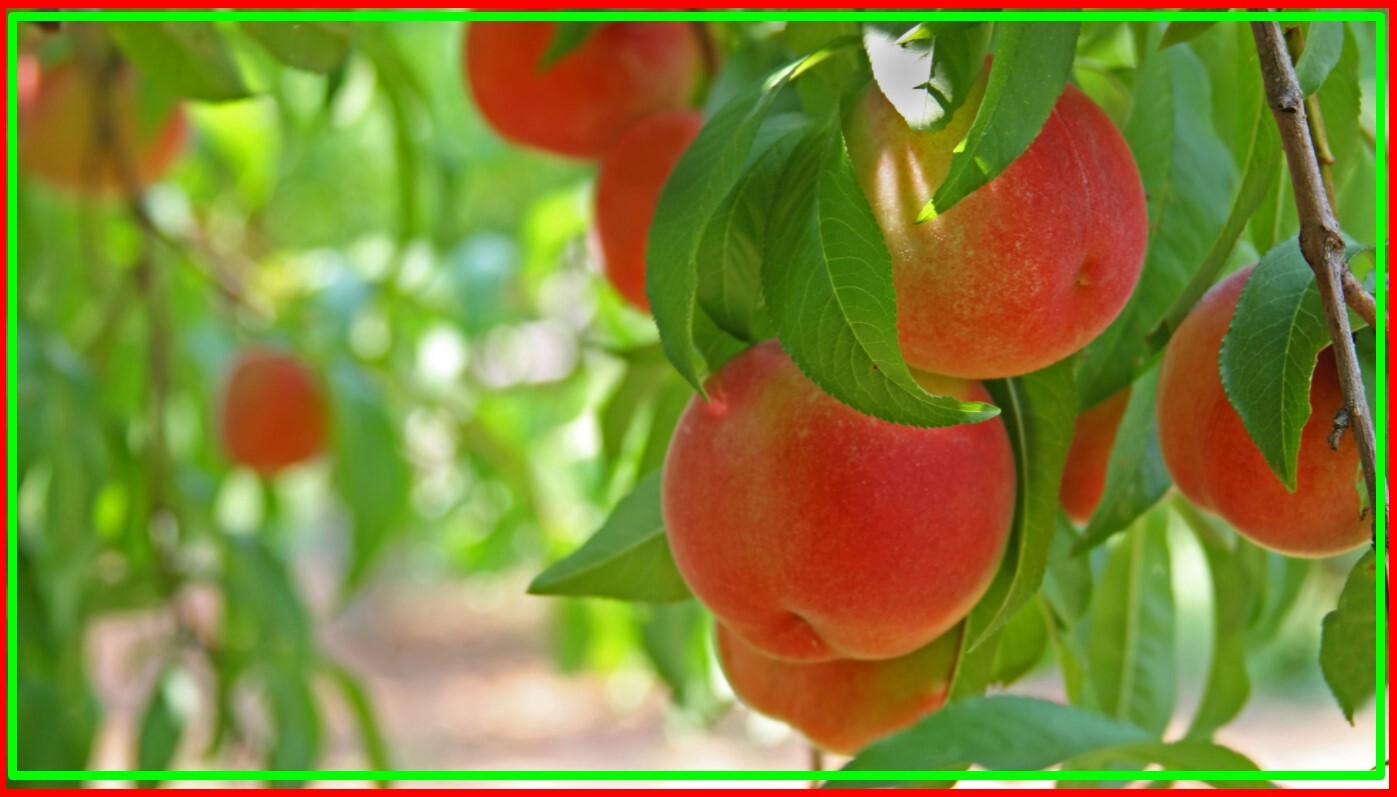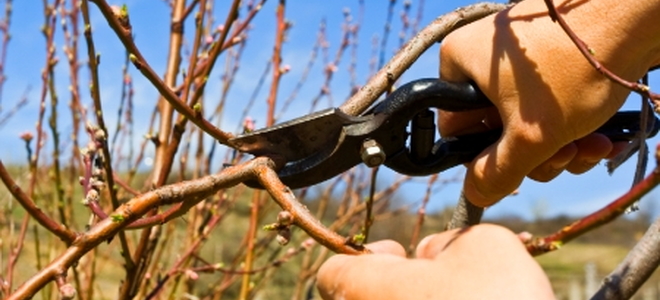

Bend limbs to the desired angle and secure them in place by using weights, tying them with twine, or using notched limb spreaders in the crotch of the branch. Bend nearly vertical limbs 45 to 60 degrees from vertical to stimulate fruit production earlier in the life of the tree.Light heading stimulates branching when you train young trees. Heading back causes limbs to branch laterally and stiffen. Thinning out results in long, flexible limbs that bend down when loaded with fruit.Thinning out and heading back (figure 11).Stubs won’t heal and could be a starting point for wood rot fungi. Leave the branch collar but don’t leave stubs. To reduce the height of a tree that’s too tall, cut limbs at the top of the tree to a lateral branch that is the height you desire (figure 4).This increases fruit size and quality on the remaining shoots (figure 3). In a mature tree, thin out more of the shoots that grow toward the end of a well-pruned branch.Sweet cherry trees may be pruned in August when there’s less danger of bacterial infection. Prune when all danger from fall or early winter freeze has passed, but before full bloom in spring.Prune the top portion of the tree more heavily than the lower portion.Prune mature trees more heavily, especially if they’ve shown little growth.You’ll need much less pruning at planting if you plan to irrigate the young tree frequently during its establishment. Prune all fruit and nut trees at planting time to balance the tops with the roots.Water sprout-A 1-year-old shoot that grows within the tree.

Vertical branch-A branch that grows upright.Thinning cut-A pruning cut that removes an entire branch from its point of origin.



 0 kommentar(er)
0 kommentar(er)
